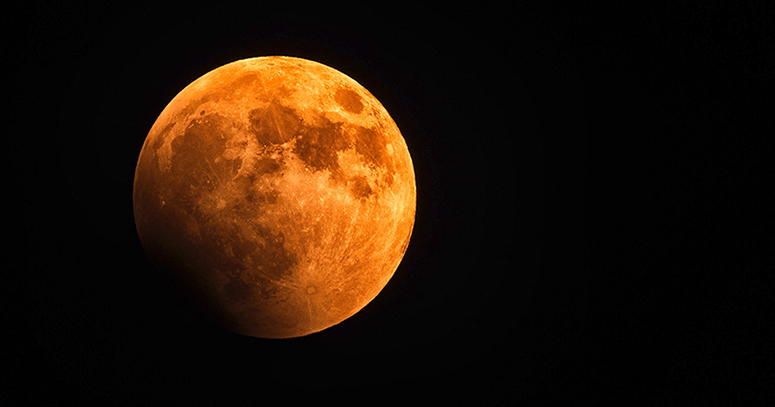Astronomy and space exploration have always been an enigma. For thousands of years, human beings have attempted to understand the vast and diverse field, which was always characterized by studies and speculative theories. In the 50s and 60s, the United States was involved in a Cold War race with the then Soviet Union that saw the presidents of the two superpower countries involved in a bitter ideologies battle.
Amidst this fight, was also the race for space exploration, with USSR spearheading the race by sending artificial satellites into the orbit, as well as sending the first human being, Yuri Gagarin, into space in 1961. America was not to be left behind, as they sent Alan Shepherd soon after. After these events, research intensified as to the viability of man’s travel to the lunar surface.
It was not until 1969, that plans to send man to the moon became actualized. Three men comprised of Neil Armstrong, Collins, and Buzz Aldrin, boarded the Apollo 11 on a successful mission to become the first human beings to land on the moon. The accomplishment managed to fulfill the then President’s mandate (Kennedy) to have an American as the first individual in space.
The Mission was only possible through years of research and studies into the moon’s atmosphere, and studies on craters and volcanoes to determine the level of safety for exploration.
Additionally, there were numerous collaborations with various scientists and geologists to gain a heightened understanding of the moon’s landscape before the journey could be sanctioned. The voyage took almost four days, and it allowed the astronauts to collect various rock samples that facilitated an in-depth look into the moon’s topography. The exploration paved the way for the future of space exploration with many more individuals attempting and successfully participating in a broad range of space discovery programs.






